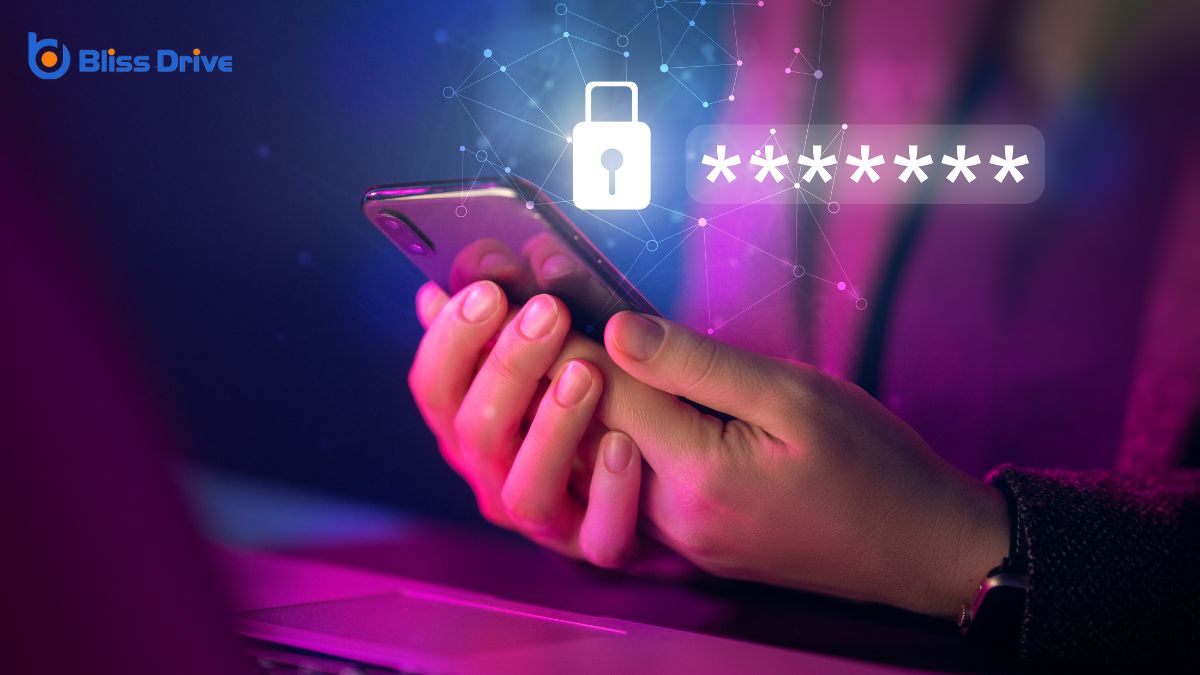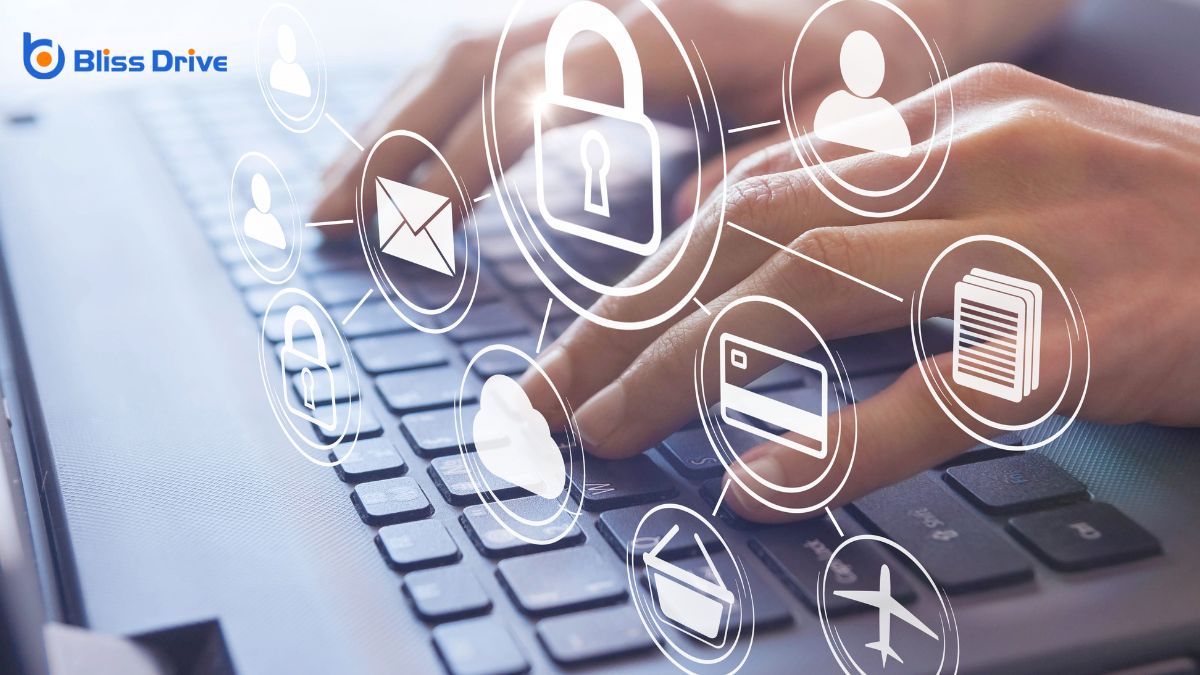Learn More About Us

To protect your mobile data privacyProtecting the personal information of mobile users and ensuring compliance with data protection reg..., scrutinize app permissions and only allow essential access. Create strong, unique passwords with a mix of characters. Enable two-factor authentication for sensitive accounts. Use encryption tools and keep your software updated with the latest security patches. Be cautious with public Wi-Fi, and manage data sharing settings wisely. Following these best practices guarantees your personal information stays secure. Discovering more can further enhance your privacy protection.

How often do you pause before granting an app permission to access your data? If you’re like most people, you might tap "allow" without a second thought.
But understanding app permissions is vital for your privacy. Apps often request access to data they don’t necessarily need, like contacts, location, or camera. It's important to scrutinize these requests. Ask yourself: Why does this app need this information? If it doesn't make sense, deny it or look for an alternative app.
Check an app's settings to adjust permissions after installation. Regularly review these settings to guarantee your data isn’t overshared. By taking control of app permissions, you safeguard your personal information and reduce the risk of unauthorized use.
Be proactive, not reactive.
When creating passwords, make sure they're long enough to provide security but easy for you to remember.
Avoid using common patterns or simple sequences like "123456" or "password," which hackers can easily guess.
A robust password acts as a digital fortress, protecting your personal information from prying eyes. When creating passwords, length plays an essential role in enhancing security. The longer your password, the harder it is for attackers to crack it using brute force methods. Aim for at least 12 to 16 characters, mixing letters, numbers, and symbols for added complexity.
Longer passwords increase the number of possible combinations, making it considerably more challenging for unauthorized users to guess. Consider using a memorable phrase or sentence that’s easy for you to remember but difficult for others to decipher.
Incorporating length into your passwords doesn't just strengthen your defenses; it also provides peace of mind, ensuring that your sensitive data remains out of reach.
It’s important to steer clear of common password patterns to safeguard your mobile dataInformation collected from mobile devices, such as user behavior, location, and app usage. effectively. Hackers often exploit predictable sequences like "123456", "password", or "qwerty". These patterns make it easy for unauthorized users to gain access, putting your information at risk.
Create passwords that are complex and unique by mixing uppercase and lowercase letters, numbers, and special characters.
Avoid using easily guessed personal details, like birthdays or names. Instead, think of a phrase meaningful to you and convert it into a password. For instance, "I love hiking in 2023!" can become "1L0v3H1k!ng2023".
Regularly update your passwords and never reuse them across different accounts. By doing this, you’ll maintain your mobile data’s security.
To boost your mobile data securityMeasures taken to protect data from unauthorized access and data breaches., consider leveraging two-factor authentication.
It adds an extra layer of protection, making it harder for unauthorized users to access your information even if they've your password.
While securing your mobile data, leveraging two-factor authentication (2FA) can greatly enhance your security measures. It adds an extra layer of protection by requiring two forms of verification before granting access.
Here’s how you can effectively use 2FA:
When you’re focused on protecting user information, leveraging two-factor authentication (2FA) plays an important role in safeguarding personal data. By requiring users to provide two forms of identification, you greatly reduce the risk of unauthorized access.
It’s not just about having a strong password anymore; 2FA adds an extra layer of security that’s hard to bypass.
To implement 2FA effectively, encourage users to link their accounts with a mobile device or authenticator app. This guarantees they receive a unique, time-sensitive code whenever they log in.
You’re also adding an obstacle for cybercriminals, making it tougher for them to breach accounts.
Embracing encryption tools is pivotal in safeguarding your mobile data against unauthorized access and potential breaches.
Encryption acts as a robust shield, guaranteeing your sensitive information remains secure. To effectively harness encryption tools, consider the following steps:
Keeping your mobile software and apps updated is essential for maintaining data privacyProtecting data from unauthorized access and ensuring the privacy of individuals' information.. Updates often include vital security patches that protect against new threats. When you ignore these updates, you leave your device vulnerable to hackers exploiting outdated software.
Hackers continuously find weaknesses in old versions, so staying current is imperative. Regularly check for updates in your phone’s settings and enable automatic updates when possible. This guarantees you’re always using the most secure versions.
Also, don’t forget about app updates. Developers frequently release updates to fix bugs and improve security features. By updating apps, you’re protecting the sensitive data they access.
While public Wi-Fi offers convenience, it also poses significant risks to your data privacy.
Hackers can easily exploit unsecured networks to steal sensitive information. To protect yourself, follow these steps:
Stay vigilant and safeguard your data!

Protecting your data doesn’t stop at being cautious with public Wi-Fi; it also involves managing your data sharing settings effectively.
First, explore your app permissions. Apps often request access to data they don’t need; scrutinize these requests and deny access when it’s unnecessary.
Next, check your device’s privacy settings. Most smartphones offer options to limit data sharing with third parties. Always opt for minimal data sharing.
Additionally, regularly review your social media privacy settings. Social platforms frequently update their policies, and you need to keep up.
Finally, disable location tracking when it’s not needed. Apps can track your movements and sell this data.
To safeguard your mobile data privacy, start by understanding app permissions and creating strong, unique passwords. Don't forget to enable two-factor authentication for an extra layer of security. Use encryption tools to protect sensitive information, and always update your software and apps to guard against vulnerabilities. Be cautious when using public Wi-Fi and adjust your data sharing settings to limit exposure. By taking these steps, you’ll greatly enhance your mobile data privacy and protect your personal information.
